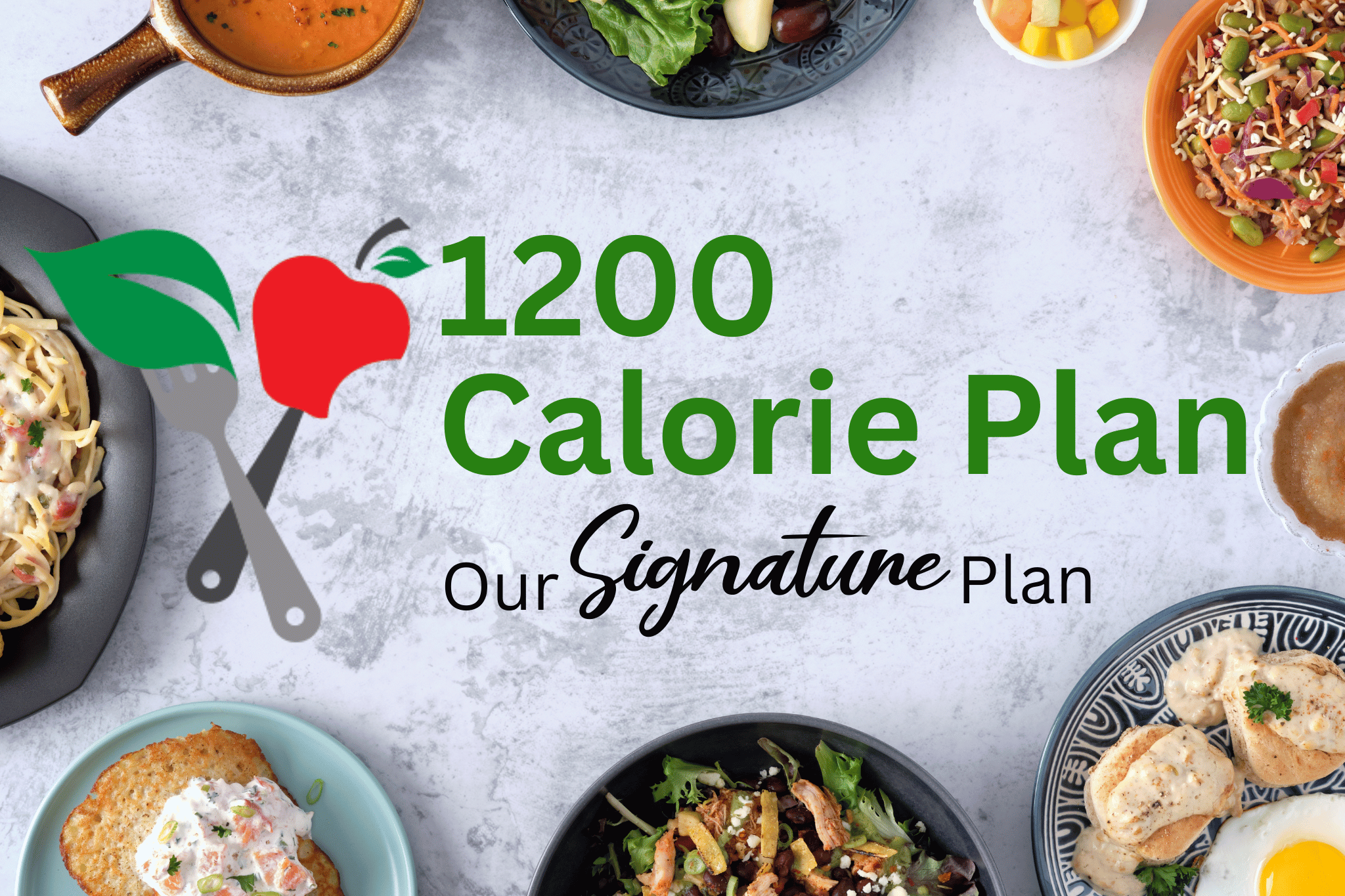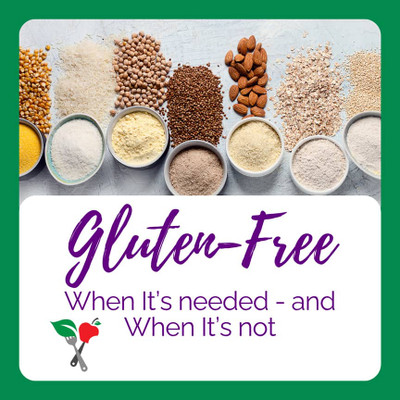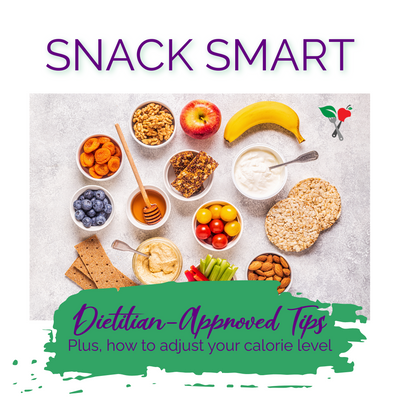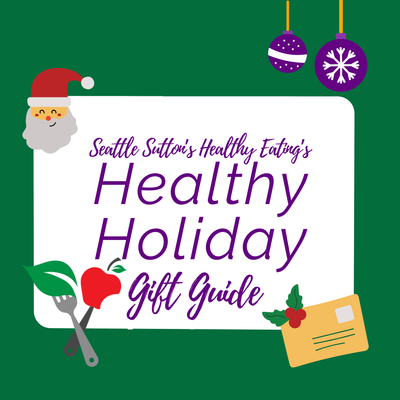Good news! Breast cancer rates have dropped nearly 40 percent between 1989 and 2015, according to the American Cancer Society (ACS), preventing 322,600 deaths.
While the current rates have shown a decline, it’s interesting to note that breast cancer death rates increased by 0.4 percent per year from 1975 to 1989, according to the ACS report. Mortality rates decreased rapidly the following years through 2015. The report attributed the decline in breast-cancer mortality, attributed the declines to both improvements in treatments and to early detection by mammography.
In recent years, treatments have become more sophisticated and targeted however the toll of the disease still remains high. Breast cancer is the most common cancer diagnosed in the U.S. women and the second-leading cause of death after lung cancer.
Nearly 252,000 new cases of breast cancer are expected to be diagnosed in the U.S. this year alone. And, more than 40,600 women are expected to die from it. A women living in the U.S has a 1 in 8 chance (or 12.4 percent) of being diagnosed with breast cancer during her lifetime.
Between 2006 and 2015 the study found death rates decrease for all racial and ethnic groups tracked: non-Hispanic whites, non-Hispanic blacks, Asian/Pacific Islanders, Hispanics and American Indians/Alaska Natives. However, there were substantial variations in the different groups mortality rates.
For example, the death rate for black women diagnosed with breast cancer was 39 percent higher than that for white women. While higher, that is actually an improvement from 44 percent in 2011.
The disparity between black and white women began in the 1980s, with reasoning being that black women have not shared in the screening and treatment advances that have benefited white women. Most noteworthy with respect to the development of the drug called tamoxifen, because they are less likely to have the kind of breast cancer called estrogen-receptor positive that is treated with the drug.
We certainly are making huge gains when it comes to breast cancer, but there’s so much more we can and need to do. Being 1 in 8 myself, I know first-hand the impact it has had on my life. As a 17-year breast cancer survivor, I am optimistic of the gains we’ve made with regard to research and treatment. I hope one day that number -- 1:8 women -- will shrink and fewer women will be afflicted with the disease that has taken many of my own family members.
Start Your Healthy Journey Today!
Order NowFind More By Category








 Weight Loss
Weight Loss Health & Wellness
Health & Wellness Diabetes
Diabetes Heart Health
Heart Health Motherhood & Family
Motherhood & Family Dietary Restriction
Dietary Restriction Other Health Conditions
Other Health Conditions About SSHE
About SSHE


